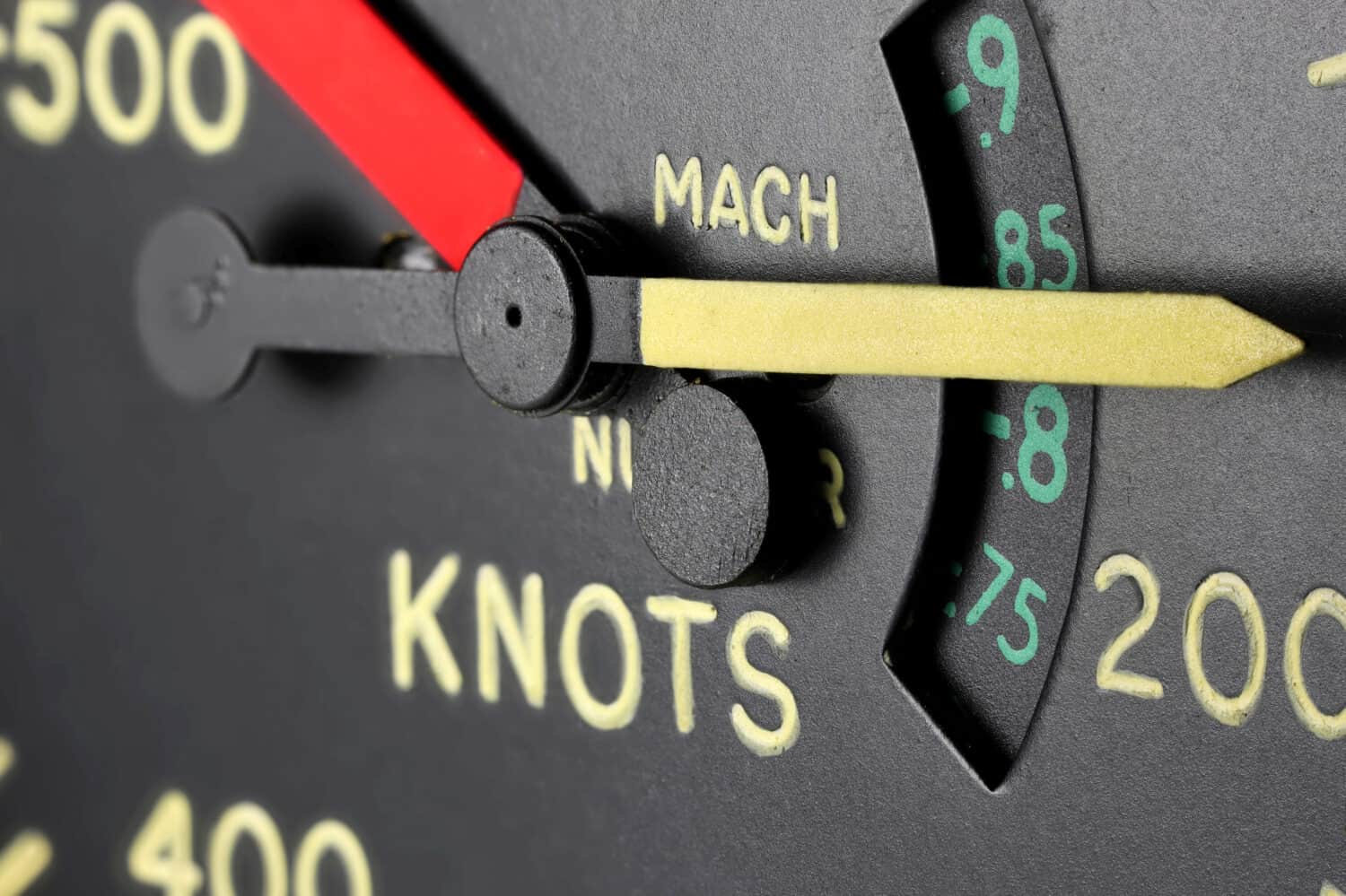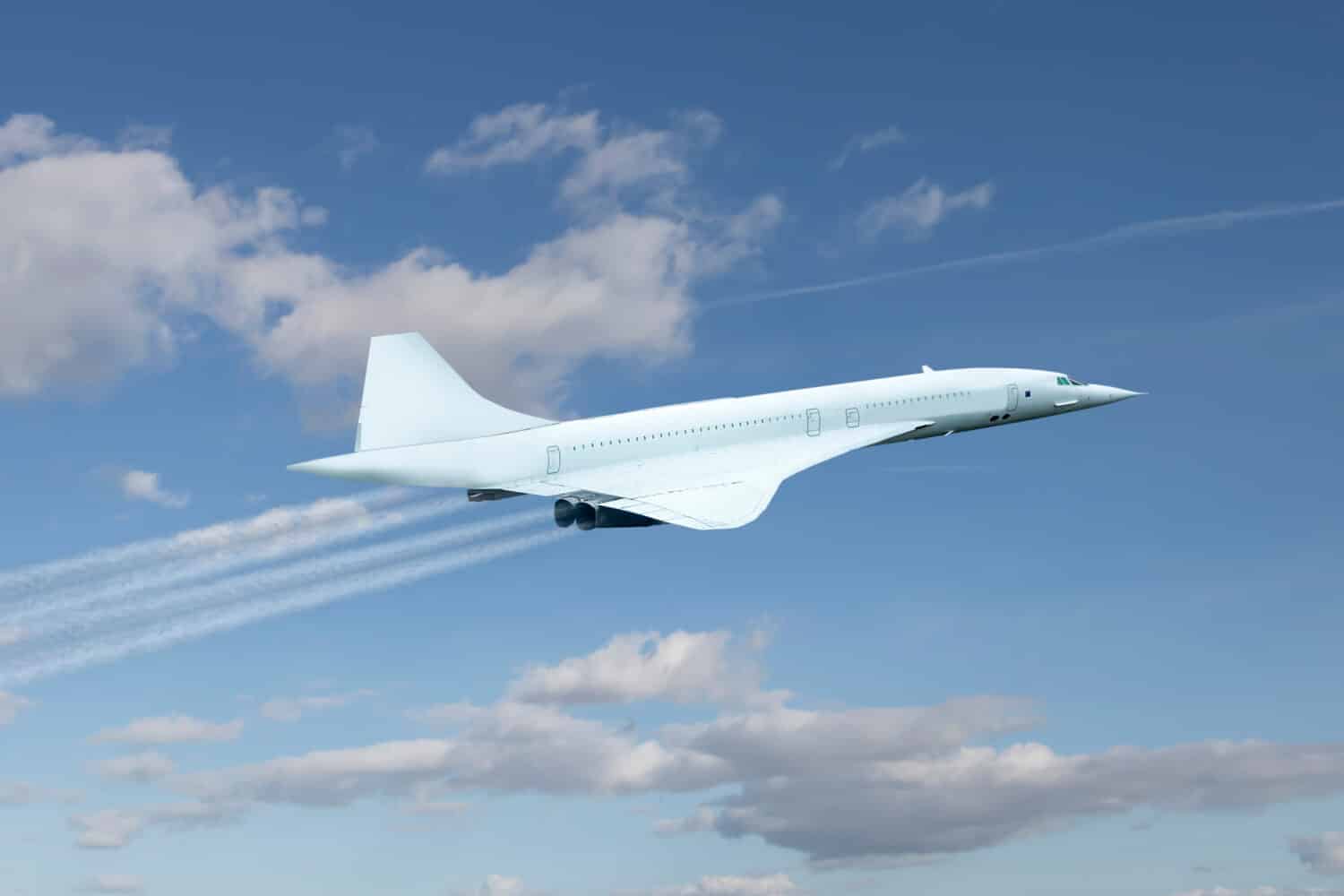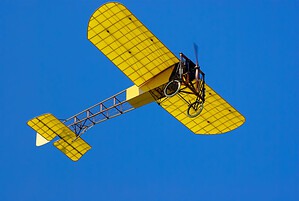The Mach number, also known as Mach speed, is a measurement that compares the speed of a moving object to the speed of sound. It’s especially important in the field of aerodynamics. When aircraft travel over the speed of sound, the air around the vehicle becomes more compressed, and the forces of physics can have different effects on the aircraft. So, if a vehicle is capable of traveling faster than the speed of sound, engineers need to plan for these changes and build air travel vehicles that can withstand them.

This speedometer measures mach speed as well as knots.
©Bjoern Wylezich/Shutterstock.com
In order to understand Mach speeds, we must first understand the speed of sound. Many people believe the speed of sound is a constant speed, but it actually changes based on several factors. In the air, the speed of sound is most affected by temperature, pressure, and humidity. At freezing (32° Fahrenheit/0° Celsius) the speed of sound is about 740 miles per hour. However, at room temperature (68° Fahrenheit/20° Celsius) the speed of sound is 767 miles per hour.
Altitude generally affects the speed of sound as well, because the temperature, pressure, and humidity change at different altitudes. So, the speed of sound is lower at 30,000 feet than at sea level (0 feet altitude).
Mach 1 is equal to the speed of sound. Mach 2 is twice the speed of sound. In standard atmospheric conditions, Mach 2 equals about 1522 miles per hour. However, that would be a lower speed at a higher altitude or in lower temperatures.
Has Anything Reached Mach 2?

The Concorde jet could travel at Mach 2.
©agsaz/Shutterstock.com
The first time any craft reached Mach 2 speed was on November 20, 1953. The plane, a Douglas Aircraft Co. D-558-II Skyrocket, had come close in previous attempts. Test pilot Scott Crossfield had reached up to Mach 1.96. However, on November 20, he reached Mach 2.005, setting an important milestone that would eventually lead to space flight.
The Concorde aircraft was a passenger jet capable of Mach 2 speeds. It was in use from 1976 until 2003. Its service was canceled after a fatal crash in the year 2000. Airlines also cited lower air travel rates after the September 11 attacks as a reason for taking the speedy aircraft off the market.
What is the Fastest Mach for a Human?
The fastest Mach speed achieved by a person is Mach 6.72, which was about 4,520 miles per hour. This speed was achieved in an Air Force jet, the X-15. Going that speed, this jet could go all the way around the world in about 1 hour and 40 minutes.
What Are Supersonic Speeds?
Any speed below Mach 1 is subsonic, meaning it is lower than the speed of sound. Most travel on and around the earth happens at subsonic speeds.
Transonic refers to speeds at the speed of sound, or exactly Mach 1. Supersonic speeds are between Mach 1 and Mach 5, including Mach 2. Hypersonic speeds are Mach 5 and above.
How Fast is Mach 1, Mach 2, and Mach 3?
Below is a table that shows Mach speeds in miles per hour at standard atmospheric conditions:
| Mach Speed | Miles Per Hour |
| Mach 1 | 761mph |
| Mach 2 | 1522mph |
| Mach 3 | 2284mph |
| Mach 4 | 3045mph |
| Mach 5 | 3806mph |
| Mach 6 | 4567mph |
| Mach 7 | 5328mph |
| Mach 8 | 6090mph |
| Mach 9 | 6851mph |
| Mach 10 | 7612mph |
Thank you for reading! Have some feedback for us? Contact the AZ Animals editorial team.







